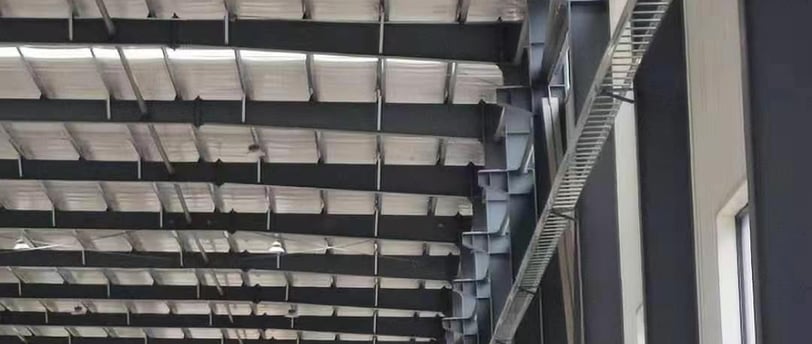Designing Suspended Ceilings for Seismic Loads: Solutions to Consider
Learn about the best seismic bracing solutions for designing suspended ceilings to withstand seismic loads. Consider factors like differential movement, weight, and design to ensure safety. Explore three common methods for seismic bracing.
8/20/20241 min read


Introduction
When it comes to designing suspended ceilings to withstand seismic loads, there are a number of solutions to consider. This is essential for the safety and integrity of buildings in seismic-prone areas. The best solution, however, depends significantly on the nature of the project. Below, we outline key factors to consider and various seismic bracing solutions for suspended ceilings.
Key Factors to Consider
When designing suspended ceilings to endure seismic stresses, several critical aspects must be evaluated:
Differential Movement
One crucial aspect is the differential movement between the ceiling and the building structure. During an earthquake, the building and ceiling may move differently due to their mass and stiffness. Designing the system to accommodate this differential movement helps prevent structural damage.
Weight and Magnitude of Seismic Loads
The weight of the ceiling plays a significant role in determining the seismic loads. Heavier ceilings experience greater seismic forces. It's important to accurately gauge the ceiling's weight to design appropriate bracing systems that can handle these seismic loads.
Horizontal Seismic Loads
In addition to vertical loads, horizontal seismic loads can have a substantial impact on suspended ceilings. The design must incorporate measures to withstand these lateral forces, maintaining structural integrity during seismic events.
Transferring Loads through Seismic Bracing
For a ceiling system to be effectively braced, it must securely transfer seismic loads back to the building structure. This involves using robust seismic bracing to ensure that horizontal and vertical forces are adequately absorbed and mitigated by the building. Seismic bracing systems, such as splay wire bracing, rigid bracing, and compression posts, are all viable solutions depending on the specific requirements of the project.
Conclusion
Designing suspended ceilings to withstand seismic loads is a complex but necessary process. By considering differential movement, ceiling weight, horizontal seismic loads, and proper load transfer through seismic bracing, engineers can create safer and more resilient ceiling systems. Each project's unique demands dictate the best solutions, underscoring the importance of careful planning and execution in seismic design.
Songyin Kunshen
上海松隐坤申贸易有限公司
Advancing support bracket management technologies for a sustainable future.
Contact
86 021 5738 0557
86 199 2112 0262
© 2024. All rights reserved.


